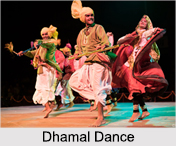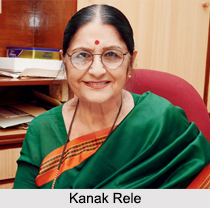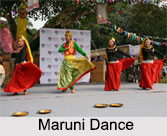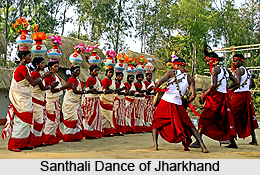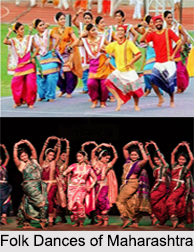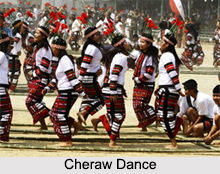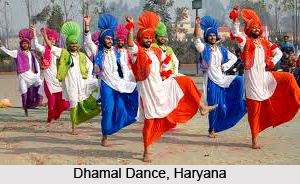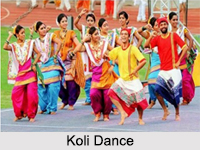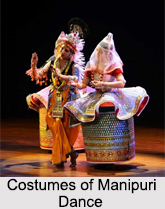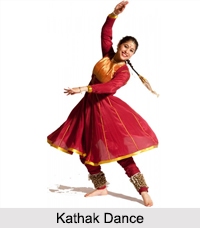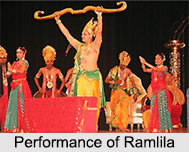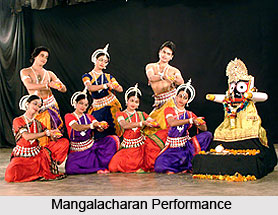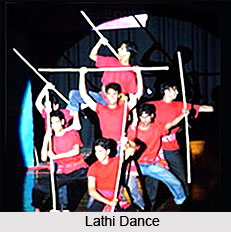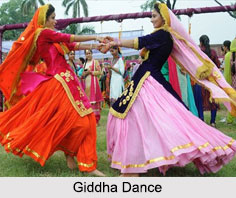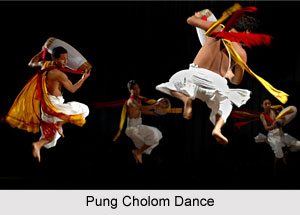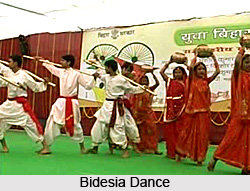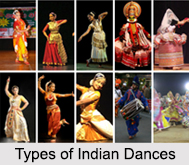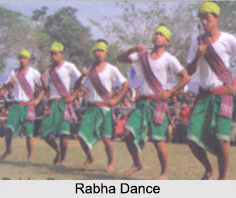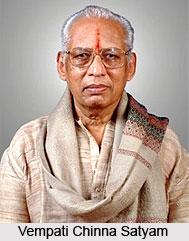 Dr. Vempati Chinna Satyam was born on October 25, 1929 in the city of Kuchipudi, Andhra Pradesh state. He is a renowned dancer and a teacher of Kuchipudi dance form. He was inspired and initiated into the field of great art by a great master- Vedantam Lakshmi Narayana Sastry. He harnessed his skills carefully, learning the art from Sri Tadepally Perrayya Sastry and later was trained by his elder brother Sri Vempati Pedda Satyam in the beauty of expressions. As he educated himself over the details of the dancing technique, he started to popularize the dance technique all over the world.
Dr. Vempati Chinna Satyam was born on October 25, 1929 in the city of Kuchipudi, Andhra Pradesh state. He is a renowned dancer and a teacher of Kuchipudi dance form. He was inspired and initiated into the field of great art by a great master- Vedantam Lakshmi Narayana Sastry. He harnessed his skills carefully, learning the art from Sri Tadepally Perrayya Sastry and later was trained by his elder brother Sri Vempati Pedda Satyam in the beauty of expressions. As he educated himself over the details of the dancing technique, he started to popularize the dance technique all over the world.
Dance Career of Vempati Chinna Satyam
The scintillating style and charismatic choreography of Vempati Chinna Satyam were applauded and witnessed in almost all parts of the world. He systematised and sublimated Kuchipudi without compromising its immaculate purity. In fact he provided a more sophisticated form of this dance. He completely polished the dance form remaining within the boundaries of Natya Sastra and gave it a new look.
Operas Performed by Vempati Chinna Satyam
* Padmavati Srinivasa Kalyanam
* Vipranarayana Charitam
* Menaka Viswamitra
* Kalyana Sakuntalam
* Bhama Kalapam
* Chandalika
* Rukmini Kalyanam
* Hara Vilasam
* Siva Dhanurbhangam and Ardha Nareeswaram
Kuchipudi Art Academy Setup by Vempati Chinna Satyam
In the year 1963 a Kuchipudi Art Academy was started by Vempati, which had to its credit more than 15 dance dramas and 180 solo items choreographed and composed by Dr. Vempati Chinna Satyam. These solo dramas and items have been staged all across the country and around the world.
During the same period he composed his first dance drama Sri Krishna Parijatham. His brilliant choreography and portrayal of Lord Shiva won him lot of appreciation.
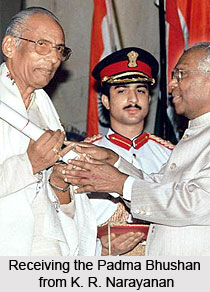 With his very first attempt passing in flying colours, his long cherished desire, to establish Kuchipudi among he prominent classical styles, got a shot in the arm.
With his very first attempt passing in flying colours, his long cherished desire, to establish Kuchipudi among he prominent classical styles, got a shot in the arm.
Awards and Honours Received by Vempati Chinna Satyam
* Sangeet Peeth of Bombay (Mumbai)
* Asthana Natyacharya of Tirumala Tirupati Devasthanam
* T.T.K. Memorial Award by Music Academy
* Natya Kalasaagara of Waltair
* Raja-Lakshmi Award of Chennai
* Kalaprapoorna" from Andhra University
* Natya Kala Bhushana of Guntur
* Bharatha Kalaprapoorna of Hyderabad
* D. Litt. from Sri Venkateswara University
* Asthana Natyacharya of Pittsburgh
* National Award from Central Sangeet Naatak Akademi, New Delhi
He was awarded by many State Governments of India such as Kalidas Puraskar by the Government of Madhya Pradesh and Kalaimamani by the Government of Tamil Nadu. He was honoured with a Doctorate degree by Andhra University.
He was also awarded Padma Bhushan by the Government of India.
